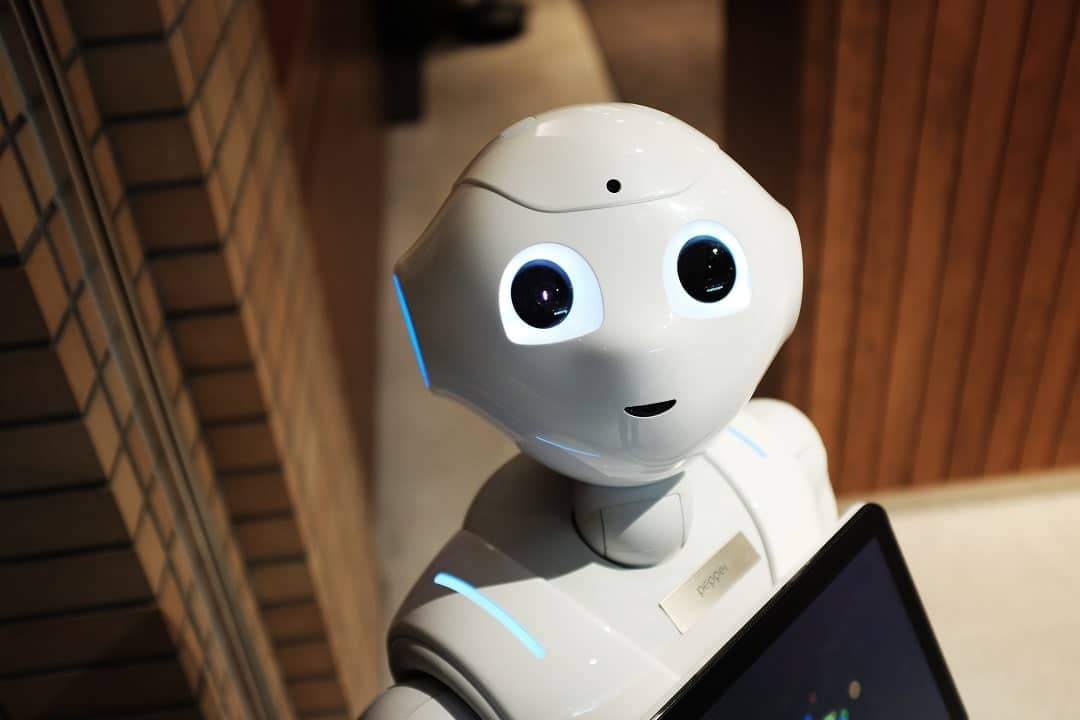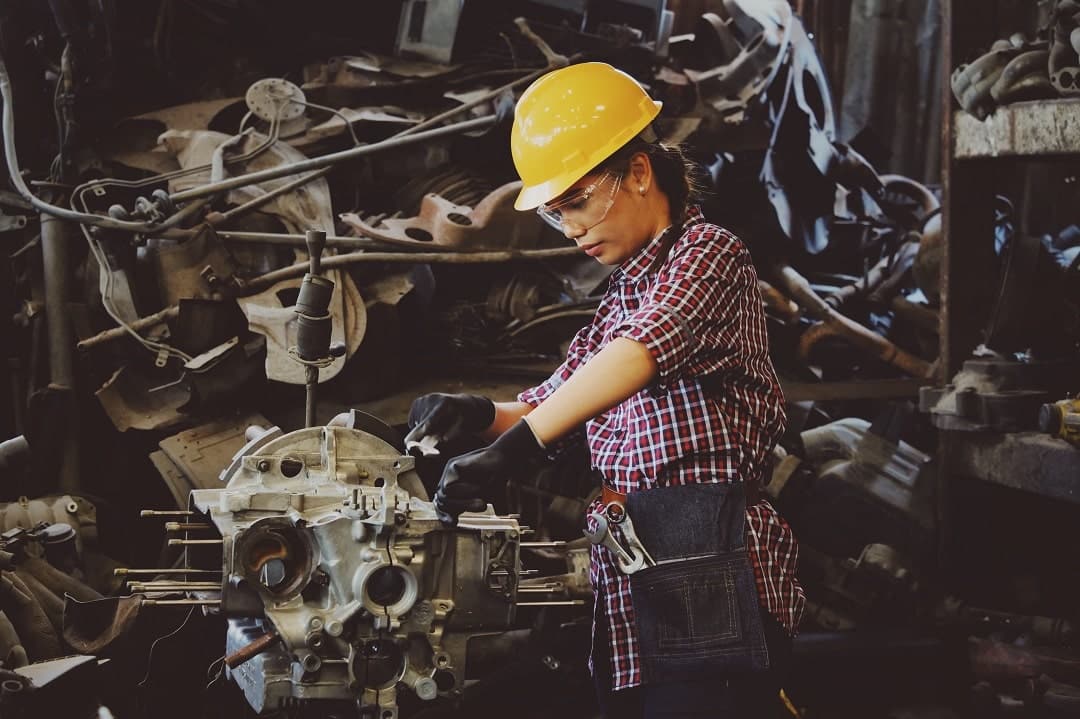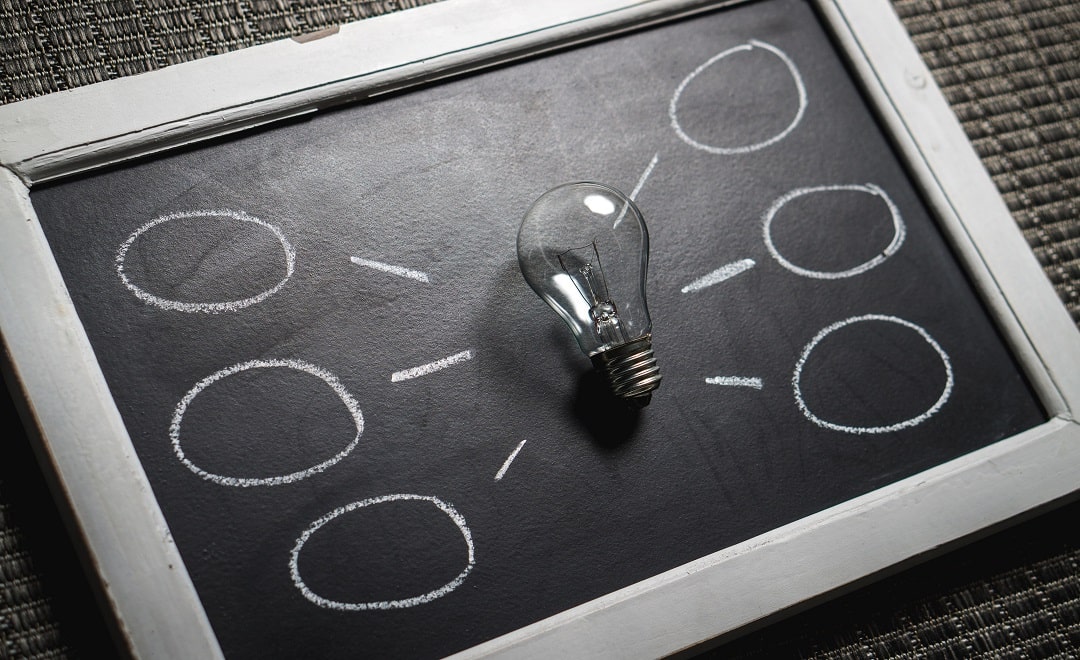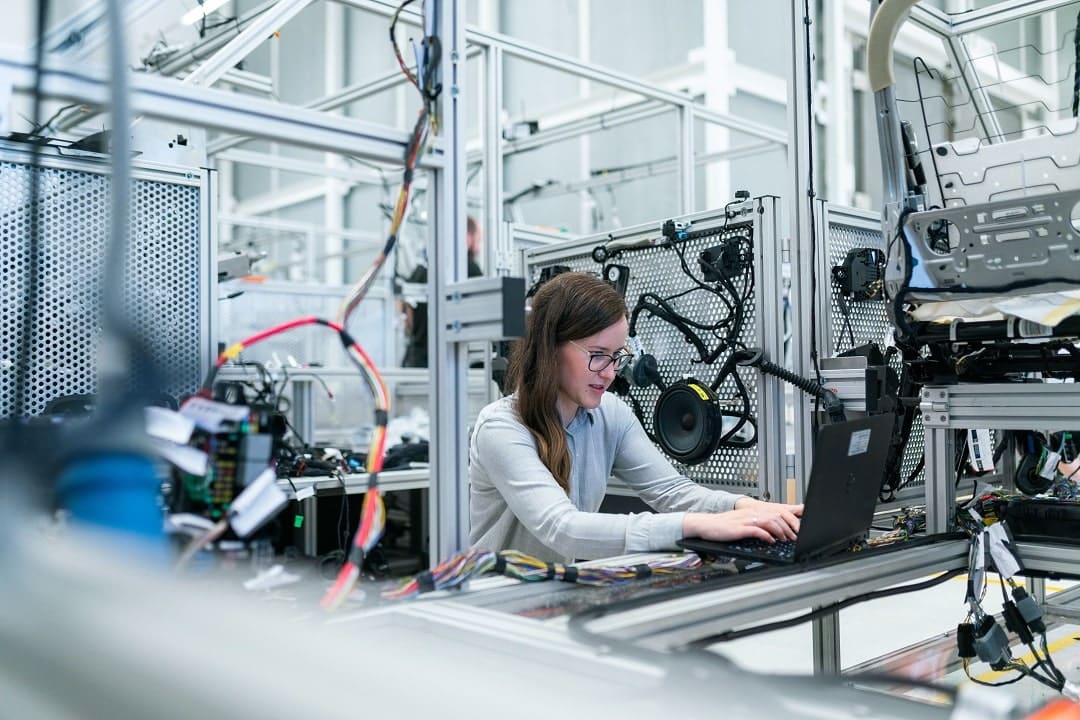Smart Industry
The path to a Smart Industry
The demand from companies, customers, and the entire supply chain is constantly changing. The needs and wants are becoming more and more specific and expectations are getting higher. There is also an expectation to respond to trends at an increasingly rapid pace. An example of one of these trends is the growing role of automation and data exchange.
This overall phenomenon is called the Smart Industry. Another name that is regularly used for Smart Industry is Industry 4.0 or the fourth industrial revolution. In this article, you will learn all about it. So please keep reading!
What is the Smart Industry?
To begin, the Smart Industry presents new possibilities, opportunities, and also a number of threats for existing companies. The production process can be optimized, smart and personalized products can be developed and the business models of companies can be improved. Data is also being more and more integrated at manufacturing companies. This is made possible by the combination of digital and technological innovations. By taking advantage of this, companies become more future-proof. An advantage of the Smart Industry is that both the quality of products and the productivity of companies are increased. However, the Smart Industry also carries along some new risks. To understand these risks, we first dive into the past.
Industrial revolutions
Earlier in this article, it was mentioned that the Smart Industry is also called the fourth industrial revolution or Industry 4.0. But what were the first three industrial revolutions again? The first era took place around 1760 to 1867. In this industrial revolution, a lot of progress was made mainly by textile machines and steam engines developed by James Watt. Furthermore, a lot of iron was used in this phase. In combination with the arrival of steamships and trains, huge advances facilitated the first revolution.
The second industrial revolution immediately followed the first one and lasted until about the first world war. This was called the technological revolution. During this part of our history, electricity, and steel made their appearance. Making inventions such as light bulbs, the automobile, photography, the radio, and airplanes possible. The third industrial revolution took place in the 20th century and was called the digital revolution. This revolution made globalization possible. Examples of inventions that were made during this time would be computers, the internet, and iPhones. But enough about the history, let’s get back to the present!
‘’The third industrial revolution making globalization possible took place in the 20th century and was called the digital revolution.’’
The Smart Industry, also known as the fourth industrial revolution
The Smart Industry consists of several components/systems. These are the cyber-physical systems, the Internet of Things (IoT), cloud computing, and cognitive computing. A cyber-physical system, also known as a CPS, is a combination of a mechanical or electronic component with a software component. In a CPS, data transfer, data exchange, control, and monitoring are often done online. An example of a CPS is a robot or a machine connected to a network. The Internet of Things is the set of devices/things that are connected to other devices/things via the Internet exchanging data with each other. An important aspect that arises is the possibilities when physical objects connect with the virtual world. Everyday objects can communicate with people or other objects through the Internet of Things. These objects can also make autonomous decisions themselves. In fact, the devices themselves can use the Internet without human interference. It is possible that in the future the number of devices controlled by humans active on the Internet will be in the minority. It is expected that by 2025, 22 billion devices will be connected to the network of the Internet of Things.
The term cloud computing means that IT services such as software, databases, networks, and servers are made available to end users. They can then access the services they purchase at any time. An example of this is Dropbox. Here, files can be stored via a cloud. The main point of cloud computing is that services/tasks that are performed take place on a different device than that of the end user. In most cases, these devices are even in a different location. The final part of the Smart Industry is cognitive computing. Usually, this term is used to describe AI systems. AI technologies mimic human thought processes. A cognitive computing system is supposed to understand contextual elements such as meaning, location, process, task, purpose, and time. The purpose of this is to stimulate human thought processes through an automated model. But… unfortunately, there are also dangers that arise during the transition to Smart Industry.
Dangers that arise during the transition to Smart Industry
What is often forgotten is that in a production environment, cybersecurity is highly important. Moreover, that company-sensitive information should not be shared via open Wi-Fi networks. A cyber incident might be closer than most of us imagine. It is predicted that almost half of all companies will face a cyber incident, regardless of the size of the incident and the company. This is one of the reasons that Marcelissen takes the full initiative regarding this. We ensure all our customers work safely. For example, we check whether a secure internet connection is used when using the optical sorting machine.
It is common for a production environment to run on an outdated operating system. During the transition the world is going through, more and more data is being shared. Often using cloud services. This makes it increasingly difficult to maintain an overview. The implementation of security can also become fragmented. As a result, it is becoming more difficult for companies to determine what and how to secure their data.
“What is often forgotten is that in a production environment, cybersecurity is important. Moreover, that company-sensitive information should not be shared via open Wi-Fi networks. A cyber incident might be closer than most of us imagine.’’
Tips for tackling the dangers that arise during the transition to the Smart Industry
In order to (partially) tackle possible dangers in the transition to a Smart Industry, we have a number of tips for you listed below.
– Make cybersecurity a standard part of every design and/or action a company takes. This can include developing a multi-step defense against cyber-attacks.
– Be transparent about security measures taken. An example of a security measure that can be taken is double authentication or two-step verification.
– The latest version of software should always be installed. Once there is an update available it should be installed immediately. Check regularly for new updates.
– Back up files and systems regularly. This will ensure that no important data is lost.
– Encrypt important files and files containing sensitive business information.
Industry 4.0 VS Industry 5.0
Currently we are in the fourth industrial revolution. However, there are even sounds of a fifth industrial revolution. The reason we are still in the fourth industrial revolution is that SMEs are currently still in transition to 4.0. The BDO report from 2020 revealed that only 15% of all SME companies have taken the step to start the transition to Industry 4.0 or are in the middle of it. Since we are now two years further down the road, this percentage will be a bit higher, but still nowhere near 100%. As a result, we are stuck in the fourth industrial revolution or Smart Industry. But, what is the fifth industrial revolution then?
The fifth industrial revolution mainly focuses on the cooperation between humans and machines. This involves combining creative human factors with the cognitive properties of machines. If unhealthy and boring tasks are mainly performed by smart machines, humans can focus entirely on creating value in the areas of hyper customization and personalized products/services.
What may become a driving force for Industry 5.0 is people’s demand for customization and personalization. However, this is already partly implemented in Industry 4.0. For example, it is currently possible to produce personalized products on a large scale. For example, consider the automotive industry. This is partly made possible by the Internet of Things solutions. The big difference between 4.0 and 5.0 will be the amount of personalization. During the fifth industrial revolution, there will be a lot more possibilities in terms of personalization. Therefore, the fifth industrial revolution will act as a complement to the fourth industrial revolution.
‘’The 2020 BDO report found that only 15% of all SMEs have taken the initiative to start transitioning to Industry 4.0 or are in the middle of it.’’
The Smart Industry within the manufacturing industry
The manufacturing industry is a very important sector in the Dutch economy. Through the production of parts and machines, the manufacturing industry generates 15.8 billion euros. Making it one of the largest contributors to the earning capacity of the Netherlands within the export sectors. The sector is also growing by more than 10 percent annually. This is an exceptional growth rate. To keep up, a transition to a Smart Industry must also take place within the manufacturing industry. Companies that invest in this transition, often create more turnover, profit, and jobs. In other words, a win-win situation.
Within the manufacturing industry, products, machines, and people must be cleverly linked. This would enable the Netherlands to retain its global leading role. Another additional advantage of the Smart Industry within the manufacturing industry is that generous savings are made in the field of energy and materials. This applies during production and for the entire life cycle of a product/service. Smart Industry also enables employees to keep their skills and digital knowledge up to date. As a result, the transition to a Smart Industry runs almost seamlessly with the transition to a circular economy. Want to know more about a circular economy?
‘’Through the production of parts and machines, the manufacturing industry generates 15.8 billion euros. Also, the sector is growing by more than 10 percent a year.’’
Tips for transitioning to a Smart Industry
As we did with our two previous blogs about the circular economy and innovation, we are now going to reward you, the reader, with a number of tips. This time, of course, we are going to give you a number of tips for the transition to a Smart Industry and how to implement them. We would like to give you the following tips:
– Keep developing where possible. If you keep using your old techniques for too long, your services and/or products can become outdated. This can literally leave you losing money.
– Also, keep looking at the data you have already collected in the past. Just because you need to keep evolving doesn’t mean you should forget all your accumulated information. This is very useful information. Often you can discover areas of improvement in your acquired data.
– Don’t start too big. Don’t change an entire process at once. Start with small steps. This also ensures that adoption doesn’t take too long among your employees.
– Set goals. Don’t start adapting things without direction. What do you want to achieve with these adjustments? What will you do if the adjustment does not produce the desired result?
– Directions: look for opportunities in smart products/services, smart processes, smart business models and game changers. Keep the third tip in mind here as well. Don’t start in all four directions at once.
Of course, we also want to continue to improve ourselves and make a nice transition to a Smart Industry. We are therefore also open to tips. Do you have a tip that was not mentioned in the paragraph above? Be sure to send us a message! We are a fan of co-creation.







